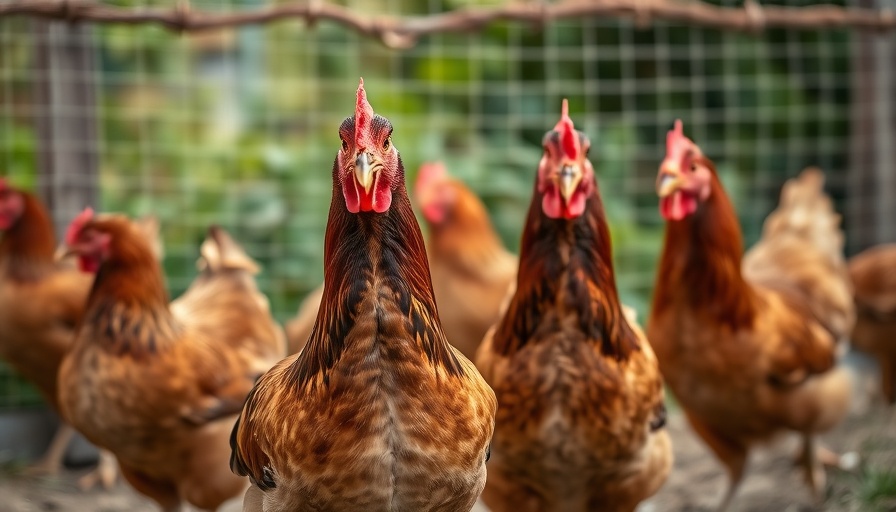
Understanding Avian Paramyxovirus: A Growing Concern for Bird Populations
The recent outbreak of avian paramyxovirus in Wyoming has raised significant alarm among wildlife enthusiasts and health experts alike. Detected in Eurasian collared-doves from regions such as Casper, Green River, Riverton, and Rock Springs, this virus poses a serious threat to local bird populations. Wildlife disease biologist Liz Wheeler from the Wyoming Game and Fish Department (WGFD) noted that while instances of this virus surface from time to time, the lack of awareness surrounding its symptoms and preventive measures makes it imperative to address.
What Are the Symptoms of Avian Paramyxovirus?
Birds infected with avian paramyxovirus may exhibit a range of symptoms including neurological issues, respiratory distress, weakness, diarrhea, and sudden death. Such a varied symptomatology not only complicates diagnosis but may also delay intervention, leading to widespread bird die-offs.
Preventing the Spread: Community Responsibility
One of the most effective methods to control this viral spread involves regular disinfection of bird feeding and watering equipment. The WGFD recommends utilizing a 10% bleach solution to minimize risks, especially in areas frequented by doves. As a responsible community member, it's critical to take preventive steps. Notifying local authorities upon witnessing three or more dead birds can significantly aid in the mitigation efforts.
The Impact on Bird Enthusiasts and Wildlife Conservation
This alarming situation should serve as a wake-up call for bird lovers and those involved in avian conservation. Understanding the risks of avian diseases is crucial, as these outbreaks directly affect not only the health of bird populations but also the overall biodiversity of the area. The community must come together to address not only the immediate health risks but also emphasize long-term preventive education.
Looking Ahead: The Importance of Timeliness
The need for timely reporting of wildlife deaths plays a pivotal role in the early detection and management of disease outbreaks. Community collaboration in monitoring bird health is essential as it provides valuable data that can shape future policies and response strategies. With public involvement, there's hope that similar outbreaks can be contained swiftly.
 Add Row
Add Row  Add
Add 




Write A Comment